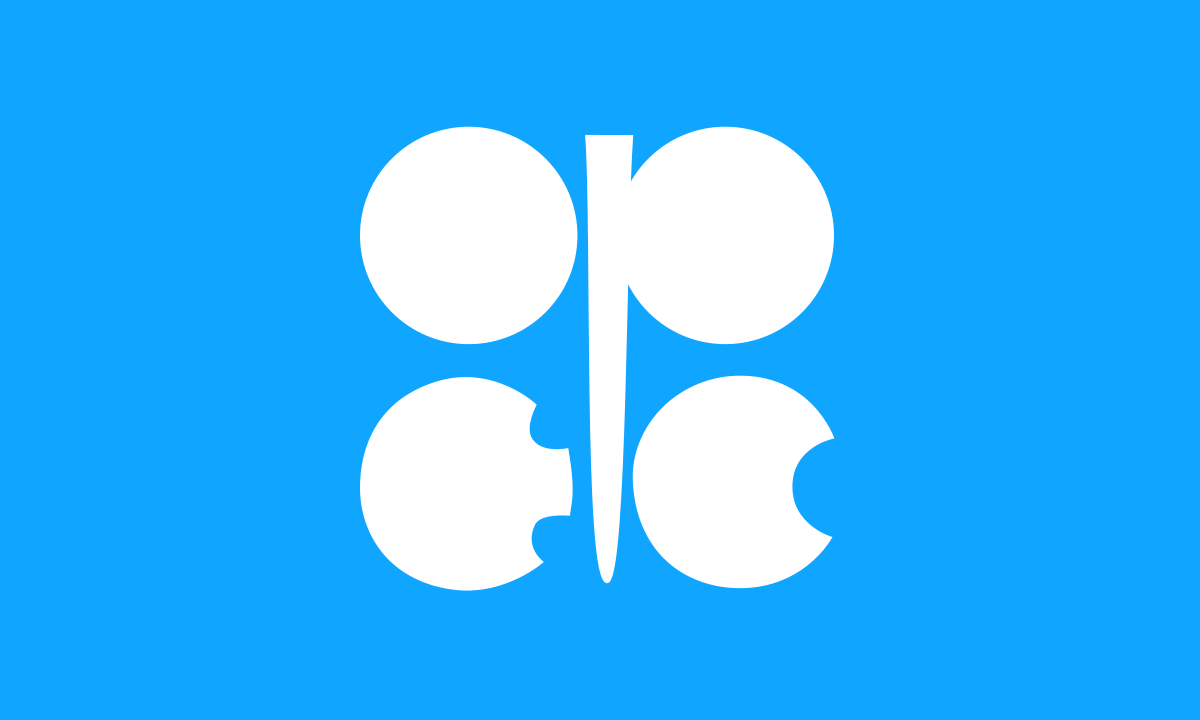India-OPEC Energy Dialogue held virtually
On November 5, 2020, the fourth high level meeting of India-OPEC Energy Dialogue was held virtually. India was represented by the Oil Minister Dharmendra Pradhan. The dialogue is being held since 2015.
Key Highlights
During the dialogue, India pressed for assessing COVID-19 induced disruptions of oil supply. India during the meet urged OPEC to address the anomalies prevalent in differential crude oil prices fixed by the OPEC members for different regions.
India-OPEC
In 2019-20, India imported 92.8 billion USD worth Hydrocarbons from OPEC countries.
Between the period of 2000 and 2015, overall imports of oil from OPEC Countries in India grew from 2 billion USD to 140 billion USD. Now, India is the third largest oil consumer in the world.
Way Forward
The World Oil Outlook, 2020 of the OPEC has projected that India will account to 16% of global economy by 2045. Also, per day oil demand of India is to increase from 4.7 million barrels per day to 10.7 million barrels per day by 2045.
Which country left OPEC in 2020?
Ecuador. Ecuador suspended its membership in 1992. It re-joined in 2007 and again withdrew its membership in 2020. In 2018, Qatar left OPEC.
OPEC
The OPEC was created at Baghdad Conference in 1960. The headquarters of OPEC is located at Vienna, Austria. There are 14 member countries in OPEC. They are Iraq, Iran, UAE, Kuwait, Saudi Arabia, Libya, Algeria, Gabon, Nigeria, Republic of Congo, Equatorial Guinea, Ecuador, Angola and Venezuela.
What is OPEC+?
OPEC+ was formed in 2017. It includes Azerbaijan, Brunei, Bahrain, Kazakhstan, Mexico, Malaysia, Russia, Oman, Sudan and South Sudan.
Why is OPEC+ more influential than OPEC?
14 members of OPEC control 35% of global oil supplies. They hold 82% of proven reserves. On the other hand, the 10 non-OPEC members control 55% of global oil supply holding 90% of reserves. Thus OPEC+ has an upper hand of influence in the world economy.
Month: Current Affairs - November, 2020


